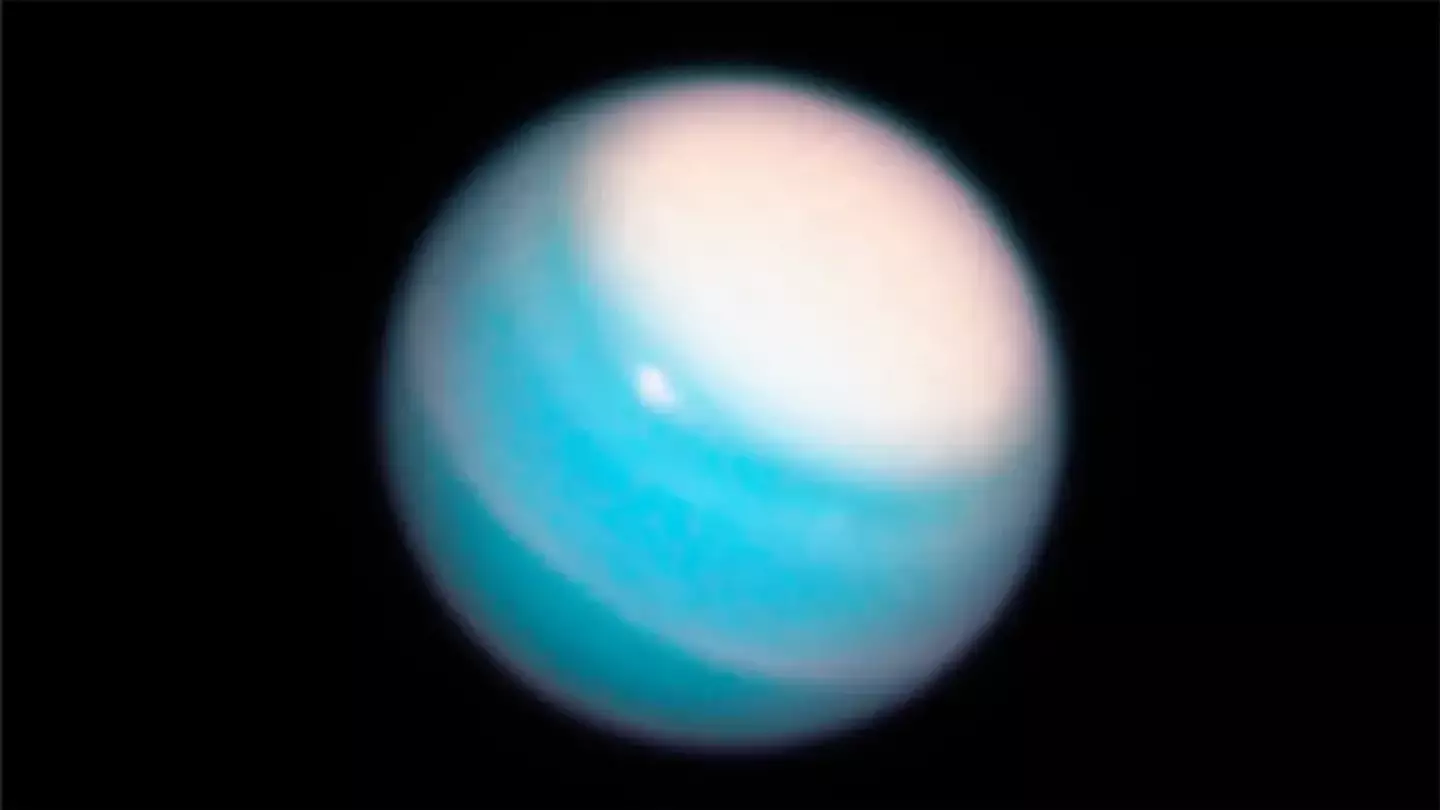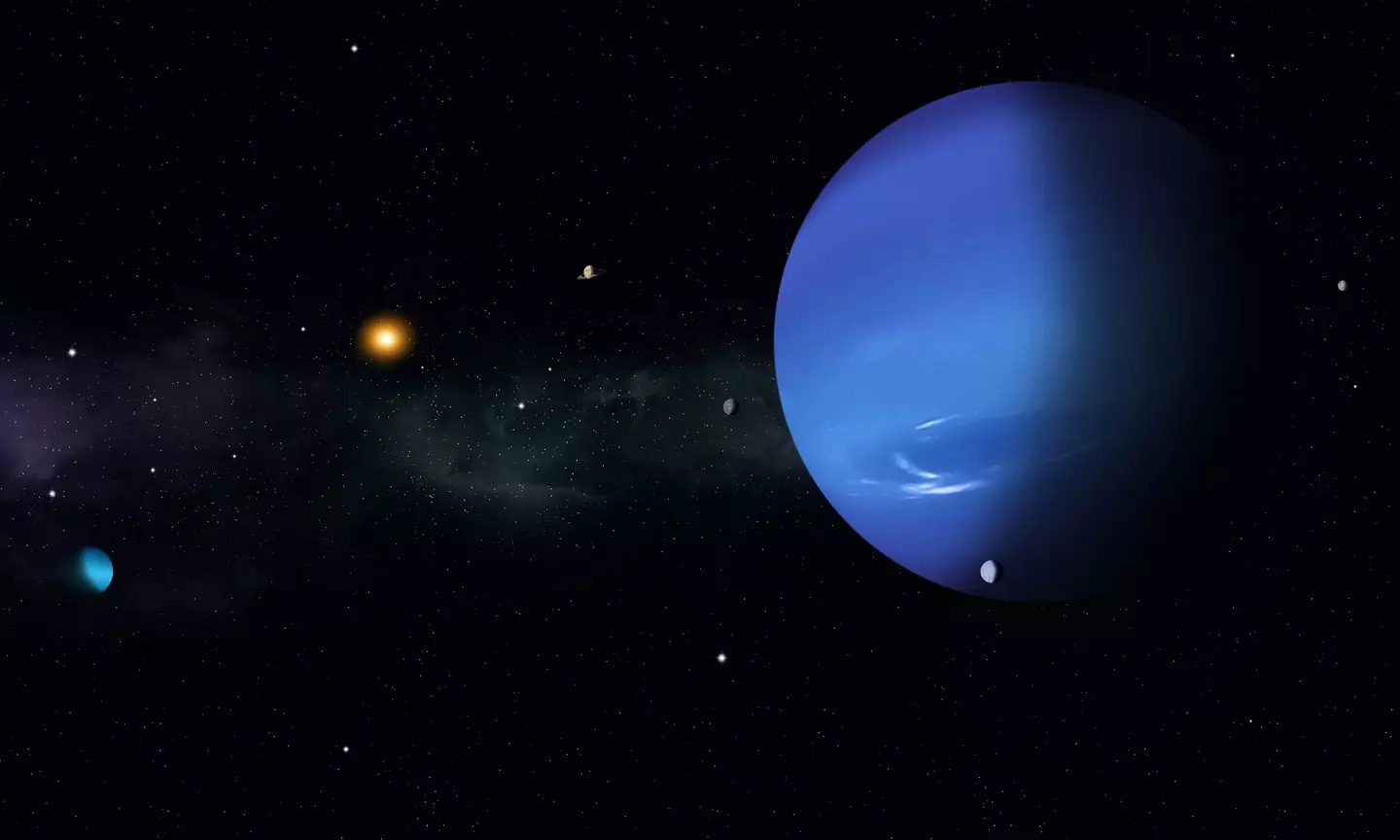
A new study has hinted that Uranus may have been formed in a way completely different to what we first thought.
The beauty of not knowing everything about our solar system means that we continue to learn new things about the universe that we occupy, including the recent discoveries that scientists made concerning the icy-giant.
Uranus, the planet that exists second-farthest from the Sun (not including Pluto), is one of the lesser-researched planets in our solar system, with only one unmanned spacecraft - known as Voyager 2 - investigating the planet thus far.
Advert
While Uranus and Neptune are often called the two ice giants of our galaxy, recent studies show that they might not be comprised of the components that we first thought they were.
When looking at the creation of Uranus, astronomers discovered that its origins in the Kuiper belt would create a planet unbefitting of ice and water, two things that Uranus has plenty of.

So, those astronomers recently created thousands of models recreating Uranus in an attempt to learn more about how the planet exists in spite of this paradox.
Advert
What they learned is that it is likely an abundance of methane that allows the planet to be as ice-rich as it is. Even so, it is believed that methane may be even more abundant than water within the gas planet.
The astronomers’ paper on the subject - which has not been peer-reviewed yet - explains why they believe that methane could the answer to Uranus’ peculiar makeup.
"We suggest that organic-rich refractories are sufficiently abundant in outer solar system planetesimals to drive chemical reactions in the atmospheres of Uranus and Neptune, which, during the phase of planet growth, may produce the required methane," the team wrote.

The reason this was somewhat difficult to believe at first is because methane is relatively rare in our modern solar system, meaning it felt unlikely to be so abundant within the ice giants of our galaxy.
Advert
However, it is believed that methane could make up 10 percent of Uranus’ interior, with other models suggesting that it could be 20 percent or more in the event that the planet contains rocky materials within it, as well.
While the paper has yet to be peer-reviewed, it does indicate that a closer inspection into both Uranus and Neptune could be in order to decipher whether or not it is methane that allows for our ice giants to be so icy.
Topics: Space, Technology, Environment, Science
